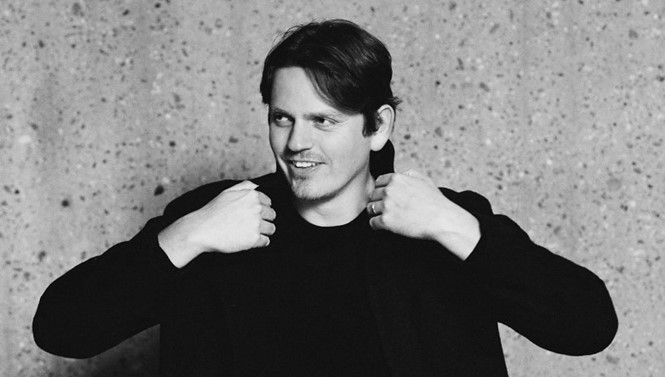Five minutes with Roscoe Williamson

Roscoe Williamson is the global creative strategy director at sonic branding agency MassiveMusic. Speaking from the iconic Boulevard de la Croisette, with the annual Cannes Lions festival in full swing, Williamson describes to Transform the fragmented relationship between the event and sonic branding, along with the future of the industry.
As someone predominantly interested in sonic branding, what does Cannes Lions offer for you? And does the festival sufficiently represent sonic branding?
I think it’s a real opportunity to educate and inspire the industry in terms of what’s going on with sound. So, case and point is that yesterday I was on the VaynerX boat giving a panel with TikTok and VaynerX all about the power of sound on TikTok, and that just wouldn’t have happened three or four years ago. So, to be here and to be amongst so many potential clients and partners, and to be able to talk about sound and music in these new channels and platforms, is really quite amazing.
But I think sonic branding is definitely underrepresented in terms of the awards. I mean, we have entered an award for our Colgate project but there isn’t a particular sonic branding category. So, I do believe it should be more represented.
When did you first get into the sonic branding industry, and what overall progression have you seen in the industry since then?
I’ve been working in the area of music and advertising for about 15 years. When I started, sonic branding was around but that was the first sort of school of sonic branding that existed in the 1990s, which was predominantly coming out of Germany. I started at the tail end of that in the mid-2000s and then I was working in advertising doing a lot of music for commercials – either getting music written or sourcing and licensing the music. Over time, what got to me a little bit was the relationship between the client and the agency and then us as the music house; the power of the agency did seem a bit off. They had so much end say in what music the brand should be using and it all just felt very executional from our point of view. So, we slowly started speaking directly to the clients and we started speaking more about long-term, more about strategies, more about how you can create assets with sound, and how you can build your assets with sound. And then we started to work more directly with the brand and that’s how sonic branding was born. I’ve been with Massive nine years, and I guess the last six years has been mainly that kind of work.
Of course, MassiveMusic is very much global with nine offices positioned around the world. What general differences do you see in what brands demand from your company in these separate regions?
Every office is in a different lifecycle in terms of where the industry is at. Sonic branding is at an earlier stage at places, in my opinion, like Asia where it’s all but non-existent. Whereas, if you look over to Europe, it’s actually been around in various forms for about 20 years, maybe longer. In terms of maturity of the kind of projects that we do and the depth of them, I would say Europe is more advanced in that capacity. But in our Tokyo office I think they’re working their first ever sonic branding project, so we are seeing signs of change.
Take your Colgate project, for instance. How have the technicalities of a project like that changed compared to when you first joined the company in 2013?
Colgate is a huge global organisation acting in over 200 markets worldwide. So, if you imagine that organisation and the amount of different layers of stakeholders and the complexity of that stakeholder map – and you’ve got to get something as abstract as a three second piece of audio approved at the very highest level – there’s so much strategic stakeholder management that goes with that. That involves a very different skillset to your traditional music house, which is some guys and girls who make some nice music for adverts. This is a different thing.
I think something which helped in a weird way was the pandemic. There suddenly was a shift to Zoom and everything became faster, we were able to do a lot more interactive audio mood board sessions online, and it just sped up the process and it made it possible to scale that process in a completely different way which wasn’t possible before.
How much further is there to go for brands to fully understand the importance of music?
I think there’s a lot further to go. The majority of brands are still not taking it seriously. They are still not thinking about it in terms of the level of depth and nuance that they should be. Sonic branding is about an ecosystem: it’s about setting up selection guidance on the type of music that you choose to use, but it's also about the creation of distinctive assets you choose to deploy. Yes, these may include sonic logos and sonic DNAs, but it can also mean the voice that you choose to use on your content or the sound of your products and interaction sounds.
We believe the goal is that you have a really clear understanding of how you show up in the world sonically and thus a great platform to build on into the future with things like artist partnerships, innovations and activations.












